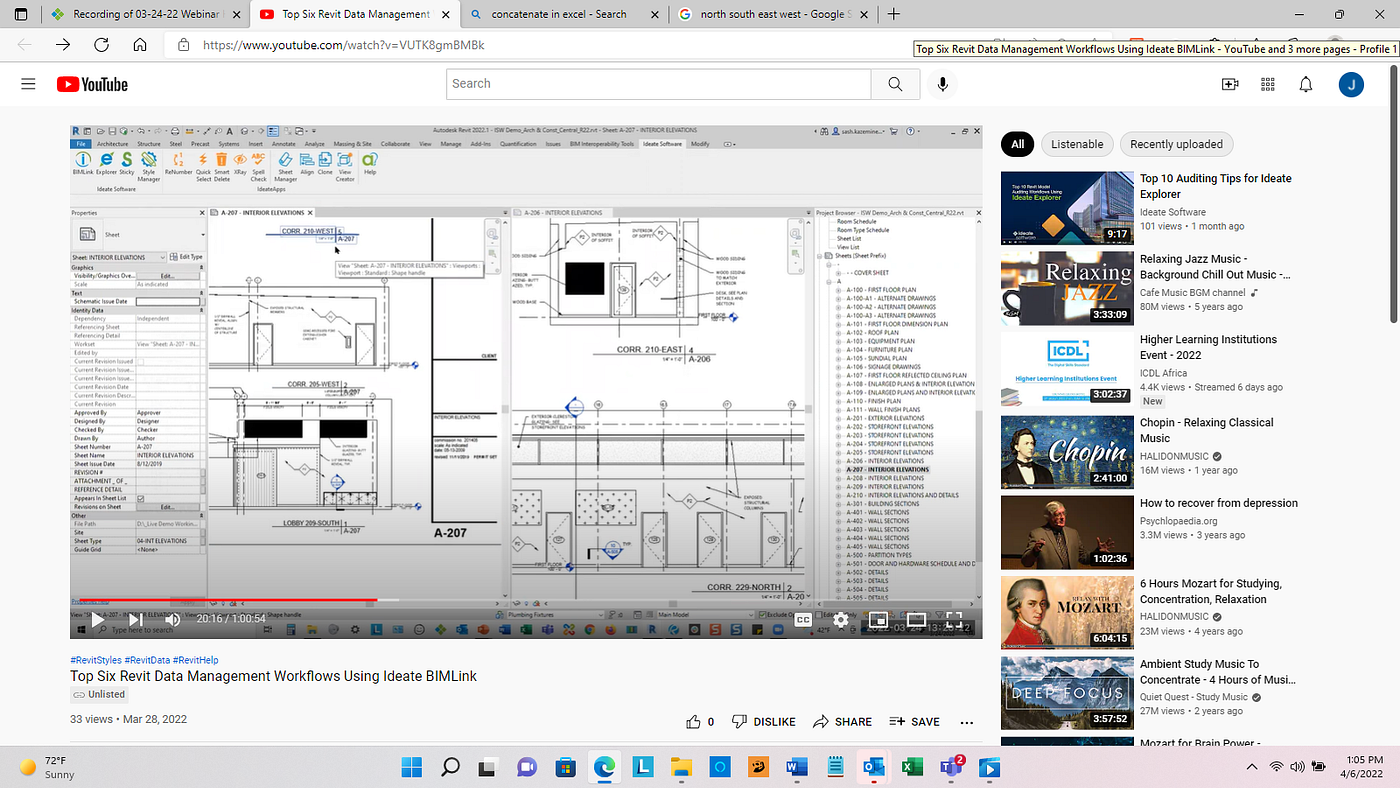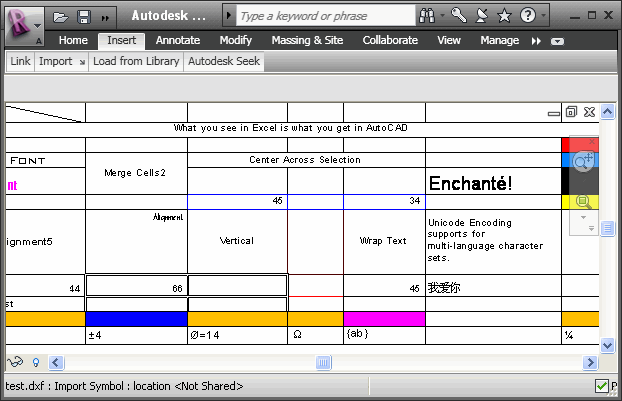Revit Tools: Your Secret to Precision and Productivity
Wiki Article
Revit Accelerator: Excel Assimilation Methods for Boosting Productivity and Collaboration
In this short article, we will certainly explore the benefits of incorporating Excel right into your Revit workflows. Plus, we will certainly share best methods for seamlessly integrating Excel right into your Revit jobs. Obtain ready to supercharge your Revit experience with our Revit Accelerator: Excel Assimilation Strategies!Benefits of Excel Combination in Revit
The advantages of Excel integration in Revit are many and can substantially boost efficiency and cooperation. By perfectly attaching these two effective devices, you can enhance your workflow and conserve valuable time. With Excel assimilation, you can conveniently import and export data between Revit and Excel, enabling you to utilize the toughness of both programs.
One more benefit of Excel combination is the capability to produce vibrant timetables and records. By linking your Revit version to an Excel spreadsheet, any changes made in Revit will automatically update in the corresponding Excel file. This makes it easy to create current routines, quantity takeoffs, and other task documents.
Excel assimilation in Revit additionally makes it possible for far better cooperation amongst staff member. With the capability to import and export data, you can quickly share information with colleagues who might not have accessibility to Revit. This promotes effective communication and allows for better control and decision-making.
Simplifying Operations With Revit and Excel
Simplifying workflows with Revit and Excel can considerably improve effectiveness and cooperation. By integrating these 2 powerful devices, you can maximize your design process and enhance communication within your team. With Revit, you can develop 3D versions and create detailed architectural and engineering paperwork. Nonetheless, when it involves data administration and analysis, Excel is the go-to software application. By integrating the abilities of Revit and Excel, you can perfectly transfer data between both applications, removing the need for manual information entry and decreasing the danger of mistakes.
Using Revit and Excel together permits you to utilize the staminas of each program - revit tool. You can export data from Revit into Excel, where you can execute intricate computations, create graphes and charts, and evaluate the information in a more efficient and well organized way. On the other hand, you can import information from Excel into Revit, allowing you to promptly update your versions and paperwork based on adjustments made in Excel
The assimilation of Revit and Excel additionally advertises partnership among group members. By sharing Excel documents, you can easily team up and communicate on design and construction-related data. This improves coordination and makes sure that everyone is functioning with the most updated information.
Maximizing Partnership With Excel and Revit
To optimize cooperation with Excel and Revit, you can seamlessly update and share style and construction-related information with your team. With simply a couple of clicks, you can import Excel spreadsheets right into your Revit version, allowing you to conveniently accessibility and control the information.Among the key benefits of using Excel in conjunction with Revit is the ability to update information in both programs simultaneously. Any modifications made in Excel will immediately be shown in Revit, and vice versa. This makes revit add ins sure that everyone is working with the most up-to-date information, avoiding confusion and conserving valuable time.
In addition, Excel gives effective devices for assessing and arranging information, which can considerably improve your partnership efforts. You can create custom records and graphes in Excel, assisting you to picture and interact essential project information effectively. This can be particularly valuable when offering data to stakeholders or making informed choices based upon job metrics.
Advanced Strategies for Improving Productivity in Revit Utilizing Excel
By making use of advanced strategies in Revit, you can substantially enhance your productivity by leveraging the power of Excel. Among the key approaches for improving productivity is by utilizing Excel as a data monitoring tool. With Revit's Excel assimilation function, you can link Excel spread sheets directly to your Revit design, allowing you to quickly manage and update information. This integration allows you to create timetables, calculate amounts, and perform information evaluation efficiently.
In addition, you can use Excel macros to automate repeated jobs in Revit (revit plugins). Macros permit you to record a series of activities and play them back with a solitary click, saving you time and effort. You can produce a macro to immediately create space timetables or upgrade criterion worths in bulk.
Ideal Practices for Excel Combination in Revit
Making Use Of Excel as an information management device in Revit allows for reliable administration and upgrading of data. One of the ideal methods for Excel assimilation in Revit is to produce a clear and arranged data framework. By complying with these best techniques, you can efficiently utilize Excel as an information management device in Revit and increase your performance and collaboration.Verdict
In final thought, integrating Excel with Revit can significantly boost productivity and partnership in the layout process. By making the most of and simplifying workflows partnership, groups can work much more successfully and effectively. Advanced methods, such as making use of Excel macros and solutions, can better increase efficiency in Revit. Nonetheless, it is essential to comply with finest techniques to ensure smooth assimilation and stay clear of any potential problems. By leveraging the power of Excel, Revit individuals can accomplish higher levels of performance and collaboration in their projects.With Excel combination, you can quickly import and export data between Revit and Excel, enabling you to take advantage of the staminas of both programs.
One of the essential advantages of Excel integration is the capacity to make use of Excel solutions and functions within Revit. By connecting your Revit version to an Excel spread sheet, any type of modifications made in Revit will immediately upgrade in the corresponding Excel file. On the various other hand, you can import information from Excel into Revit, allowing you to swiftly update your designs and documents based on adjustments made in Excel.
With Revit's Excel assimilation function, you can connect Excel spread sheets directly to your Revit version, permitting you to quickly manage and upgrade data.
Report this wiki page